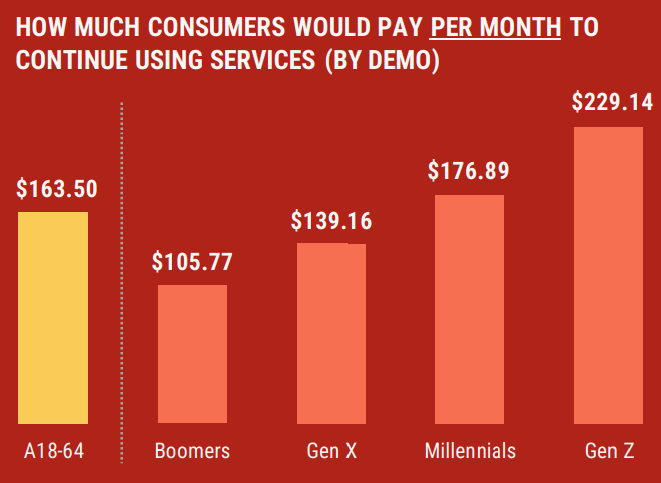A healthy publication should constantly consider and reconsider who its audience is, for the sake of both its front-facing offerings and its behind-the-scenes efforts. So it’s no wonder I was intrigued by a recent Toolkits article about how digital publishers are redefining what “audience” means to them.
“As the challenges facing ad-supported media mount, many publishers are placing direct audience revenue at the center of their business models instead,” Jack Marshall writes. “This shift is driving publishers to fundamentally rethink the metrics and key performance indicators they use to guide their businesses — and ultimately to acknowledge that their genuinely engaged ‘audiences’ may be much smaller than they’ve previously chosen to believe.”
Marshall goes on to criticize the very idea of monthly visitors serving as “a good proxy for audience,” acknowledging only the value it served within a system where ad impressions and dollars are ultimately generated by pageview numbers and traffic.
“As audience revenue emerges as their new revenue priority, publishers are thinking less about high-level metrics such as uniques and visits and are focusing instead on yardsticks that provide a more useful snapshot of the size and value of their audiences,” he writes.
In beginning to imagine that useful snapshot and the yardstick to measure it, I couldn’t help but think back to a recent Interactive Advertising Bureau study that found how much consumers value the internet as a whole, then drilled down to exactly how much they’d be willing to spend for that.
“As consumers see the internet as a source of joy and of vital importance to society and business, it’s no surprise that when asked what they would need to be paid in return for not using it for an entire year, they cited an average of $37,619,” the study says. “While consumers value the internet at nearly $38,000 a year, that is significantly more than the $164 monthly fee (or $2K annualized) they’d be willing to spend to continue using websites/apps that are currently free.”

(Photo Source: IAB)
The big IAB takeaway? “This gap reinforces the need for advertising to keep the Internet free and open.”
After the study’s release, MediaPost sized those numbers against IAB’s 2024 digital ad spending estimates and found that publishers “are leaving a lot of money on the table,” deriving only $13.48 monthly from the average American’s ad value.
“That’s 93% less than what they would yield if they simply charged consumers directly based on what they told the IAB they would be willing to pay to continue receiving currently free websites and apps,” writes MediaPost’s Joe Mandese, who goes on to question whether the study actually negates its own argument that advertising is necessary for a free and open Internet.
The IAB study says almost three-quarters (73%) of consumers understand that their personal data is valuable to sites in order to better serve personalized ads, and 69% are willing to share that data to support advertising. Still, MediaPost’s Mandese contemplates a number of entangled hypotheticals and self-described “back-of-the-envelope analysis” in an attempt to land on a real-world number that digital publishers can contemplate: the dollar value of consumer data to digital publishers.
“If I take a conservative 50% of digital ad spending going into working media buys, with the balance being eaten up by various data-related targeting, identity resolution, and ad servicing costs (you know, the digital ‘ad tax’), then the theoretical value of consumer data is something like $6.75 per month, per capita,” Mandese writes.
Which circles us back to what Toolkits’ Jack Marshall was suggesting in the search for (and measurement of) a better audience snapshot.
Even if Mandese’s $6.75 isn’t the exact, universal, circled number on every publisher’s proverbial envelope, the value of consumer data is a solid factor to keep in the larger equation. Marshall’s audience snapshot may be tangential factors found elsewhere on the envelope, but it’s still increasingly vital that the metrics plugged in for that unique snapshot don’t misrepresent because the yardstick’s numbers are inaccurate or, worse, irrelevant.
“More accurate and meaningful metrics,” Marshall writes, “will help publishers manage expectations and judge the success of monetization efforts more realistically.”
SEE FOR YOURSELF
The Magazine Manager is a web-based CRM solution designed to help digital and print publishers manage sales, production, and marketing in a centralized platform.




